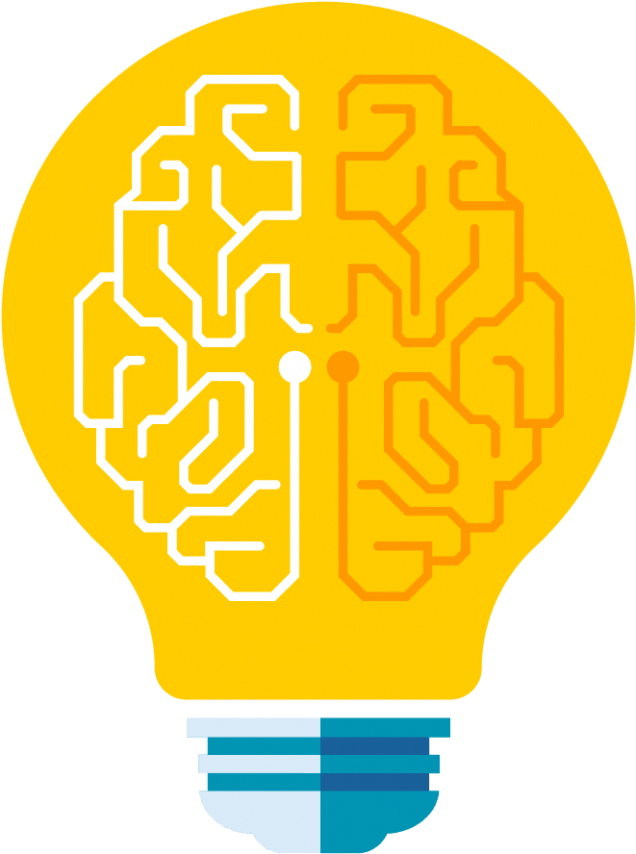Navigating Modern Science: Insights from Jeff Leek's
"How to Be a Modern Scientist"
- Krishna Mridha
Introduction
In an era defined by rapid technological advancements
and an overwhelming influx of data, the archetype of a
successful scientist has evolved significantly. "How to
Be a Modern Scientist" by Jeff Leek offers a roadmap for
navigating this new terrain. Through his book, Leek
advocates for a blend of traditional scientific rigor
and modern data science skills. This blog post delves
into key takeaways from the book, emphasizing how they
can revolutionize scientific practices.
The Imperative of Data Literacy
Data literacy stands as the cornerstone of modern
scientific research. Leek articulates that understanding
data isn't merely about statistical calculations; it
encompasses data management, interpretation, and clear
communication. He insists that a modern scientist must
be proficient in software tools that manage and analyze
large datasets, apply complex statistical models, and
visualize data effectively. This skill set enables
scientists to extract meaningful insights from vast
amounts of information, a capability that is now
indispensable in most scientific inquiries.
Embracing Open Science
Leek's book stresses the significance of open science—an
approach that promotes accessibility, transparency, and
collaboration in research. Open access to publications,
sharing data freely, and using preprints to disseminate
findings promptly are practices that enhance the
reproducibility of scientific results and accelerate the
advancement of knowledge. This shift towards openness is
not only about accessibility but also about building a
global community of researchers who can contribute to,
and benefit from, shared resources.
Ethical Data Management
With the power of data comes great responsibility. Leek
dedicates a substantial portion of his book to the
ethical dimensions of handling data. Modern scientists
must navigate the complexities of data privacy,
security, and ethical use. This involves understanding
the legal implications of data use, ensuring the
confidentiality of sensitive information, and conducting
research that adheres to high ethical standards. These
practices are crucial for maintaining public trust and
integrity in scientific research.
Communication Skills
Leek also emphasizes the importance of effective
communication in the life of a modern scientist. This
includes not only writing clear, accessible research
papers but also engaging with non-scientific audiences
through popular media, blogs, and public talks.
Communication skills extend to the ability to craft
grant proposals that persuade and to present findings in
ways that resonate with stakeholders, funding bodies,
and the general public.
Continuous Learning and Adaptation
The field of science is continually changing, and
staying updated with the latest research methods, tools,
and technologies is vital. Leek encourages a mindset of
ongoing learning and adaptation. This could mean
engaging with new statistical software, learning
programming languages relevant to one’s field, or
staying abreast of methodological advancements. The
modern scientist must be a lifelong learner, always
ready to incorporate new knowledge and techniques into
their repertoire.
Conclusion
Jeff Leek's "How to Be a Modern Scientist" is more than
a manual; it is a manifesto for rethinking the approach
to scientific research in the 21st century. By fostering
data literacy, embracing open science, adhering to
ethical standards, honing communication skills, and
committing to continuous learning, scientists can remain
at the forefront of discovery and innovation. These
practices not only enhance individual research but also
propel the scientific community towards more
collaborative, transparent, and impactful contributions
to society
















